Feature Stories

Neuroscience pioneer Marc Tessier-Lavigne named Stanford's next president
Tessier-Lavigne, president of The Rockefeller University and former Stanford faculty member, will assume the role Sept. 1.

Stanford's interdisciplinary approach fuels critical advances in research
A culture of collaboration drives innovative discoveries in areas vital to our world, our health and our intellectual life.

Warrior's view of the Battle of the Little Bighorn on display at Stanford
The "Red Horse" exhibition at the Cantor Arts Center provides a treasure trove of illustrations and insights on Custer's Last Stand in 1876.

Stanford celebrates a life and legacy of inspiration
The Martin Luther King, Jr. Research and Education Institute offers an extensive archive of the civil rights leader's work.

At Stanford 2015: The Year in Review
A look back at the year that included visits by President Barack Obama and Oprah Winfrey, a National Book Award winner, groundbreaking research, three national sports titles and more.
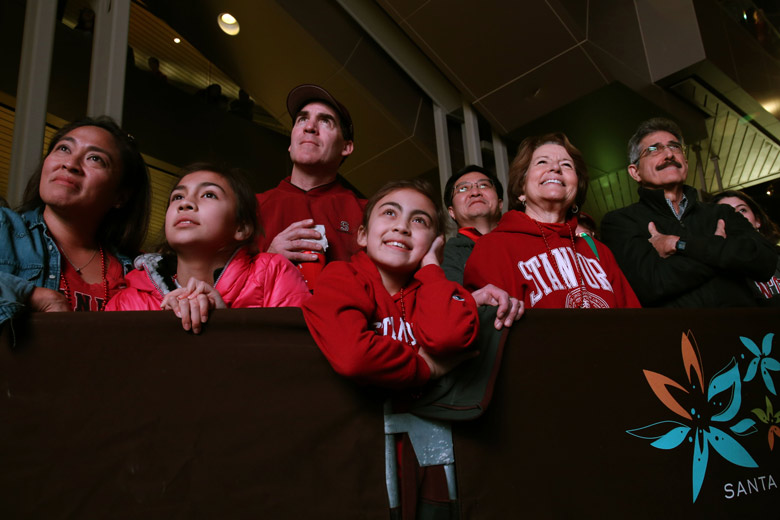
Cardinal spirit fills Rose Bowl festivities
From pep rallies to post-game celebration, the Stanford community celebrates Cardinal football during Rose Bowl festivities.
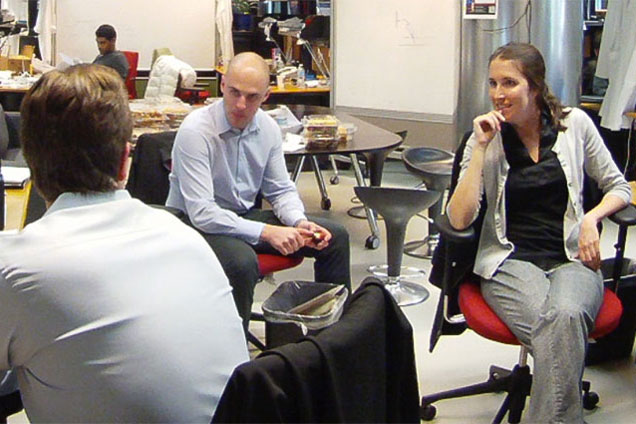
Building collaboration at Stanford
The Clark Center began a trend of creating spaces where interdisciplinary interaction produces innovative discoveries.

Stanford's Philosophy Department trains leaders, thinkers
Using tools of thinking, the program explores life's fundamental questions.
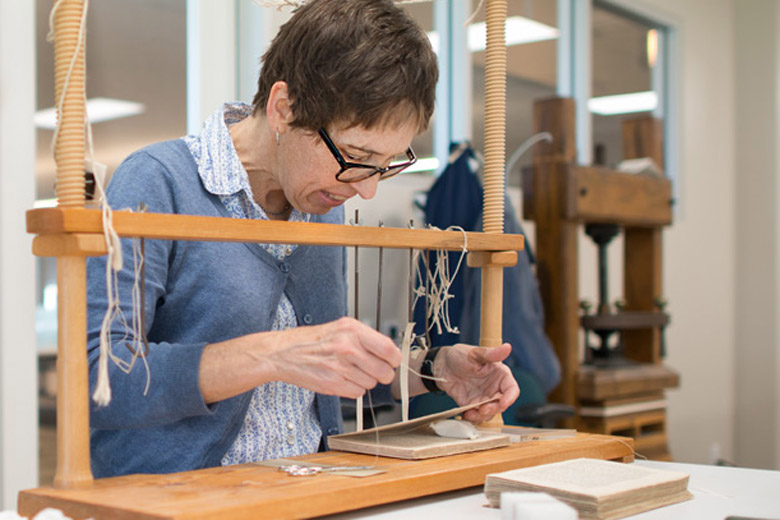
Stanford conservators provide TLC for damaged treasures
Stanford Libraries' conservation lab repairs precious artifacts and puts them back in researchers' hands. Technicians also create cases that provide a secure future for everything from paper fans to "Andy," a programmable robot.

Stanford researchers explore the complex way we make decisions
The science of how the brain sorts through a host of factors and eventually makes a decision falls at the intersection of research taking place across Stanford schools and institutes, where neuroscience meets environmentalism and where psychology meets business.
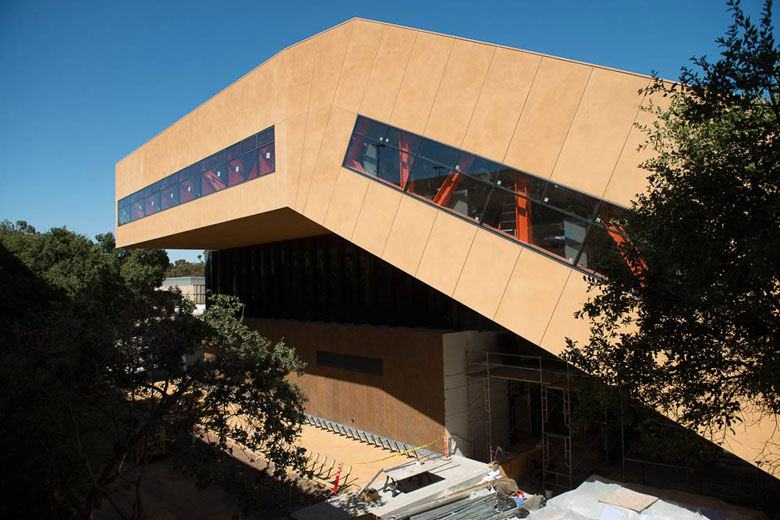
Stanford's newest building spotlights art and art history
Stanford's new McMurtry Building was feted by the media, the campus community and officially welcomed into the campus fold. The first new building of the academic year, McMurtry houses the Department of Art & Art History.

Biomedical innovation takes off in India, with Stanford roots
A program that blends India's frugal mindset with Stanford's entrepreneurial atmosphere has generated low-cost solutions to high-tech medical needs.

Building a brain: Stanford neuroscientists and engineers work together
Computers will one day match our own mental agility; learning, navigating and performing complex interactions all on scant power. But getting to that point will require neuroscientists and engineers to reverse engineer our least understood organ – the brain.

Unexpected Intersections: Interdisciplinary collaborations
Far-flung collaborations flourish at Stanford: Physicists create dance performances, biologists and musicians expand our understanding of epilepsy, and engineers speed environmental research.
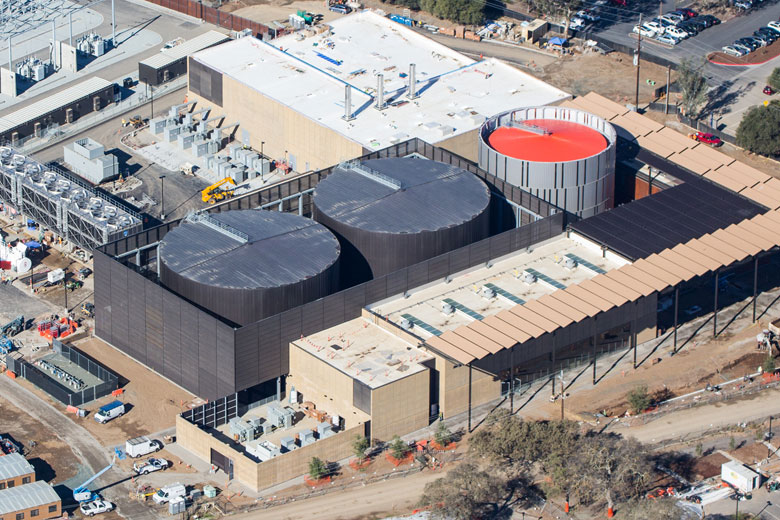
Stanford Energy System Innovations: New state-of-the-art energy system for campus
The comprehensive system incorporates solar power for electricity, combined with heat recovery, to cut greenhouse gas emissions 68 percent and fossil fuel 65 percent.
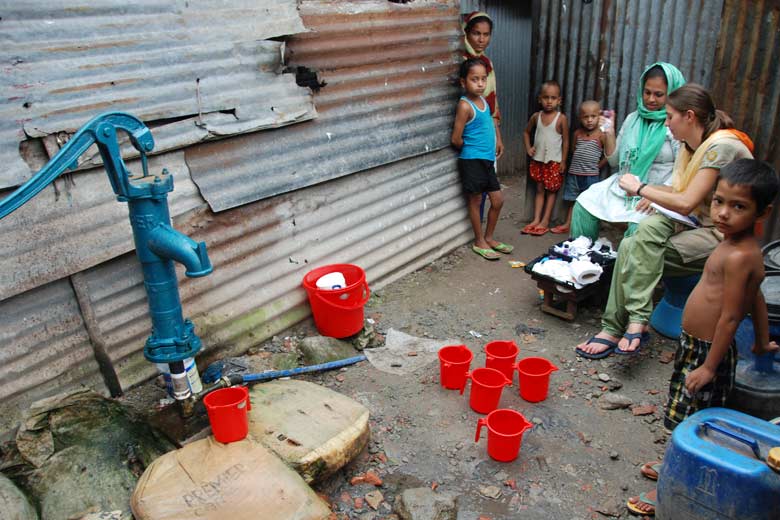
Water Solutions: Promising approaches to global freshwater challenges
As the world's population grows, so does the demand for – and threat to – the planet's freshwater supply. Stanford researchers are developing a range of promising solutions to freshwater challenges around the globe.

Beyond the classroom: Research opportunities for Stanford undergraduates
Faculty mentors introduce students to the rigors of academic research in every field from engineering to the humanities.

Cybersecurity research at Stanford
Stanford's broad network of thought leaders are taking an interdisciplinary approach to tackling the range of challenges and opportunities created by ever-changing technical advances. Here are just a few examples of how Stanford is working to address the world's cybersecurity challenges.

Stanford 2014: Year in review
From "My Fair Lady" to the Nobel Prize, a lot happened at Stanford in 2014. Here are just a few of the amazing highlights of the year.

Imagining the universe: cosmology in art and science
Organized by an interdisciplinary consortium drawing on departments and programs from across the university and launched in October 2014, the series brings together scientists, artists and humanists to explore the nature of the universe.
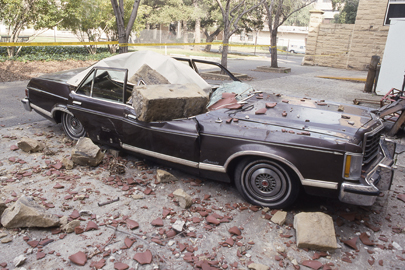
Twenty-five years later: The legacy of the Loma Prieta quake at Stanford
Stanford remembers the earthquake that rocked the campus and spurred wealth of research aimed at reducing quakes' destruction.

2014 Nobel Laureate W.E. Moerner
Professor W.E. Moerner has been awarded the 2014 Nobel Prize in Chemistry for using fluorescence to extend the limits of the light microscope. His work has made it possible to study molecular processes in real time.
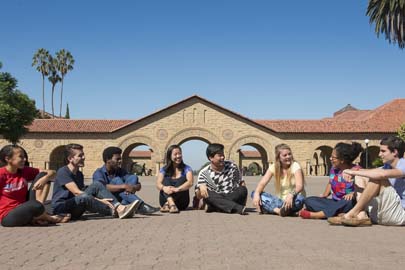
Stanford freshmen embark on new intellectual journey
The Thinking Matters program is designed to help students transition from high school to college by introducing them to multidisciplinary scholarship.

Stanford's Karl Deisseroth wins Keio Prize
The medical science prize is awarded for his work in optogenetics – using light to control the activity of the brain. The technique is used to understand the brain's wiring and to unravel behavior.

Stanford takes energy research to the limits
Building a solar car is one way Stanford students and researchers are developing next-generation energy sources and improving efficiency.

Stanford's Symbolic Systems bridges gap between humanity, technology
In an interdisciplinary study of "the science of the mind," students examine the human-computer relationship, and how to design technology that works well with users.
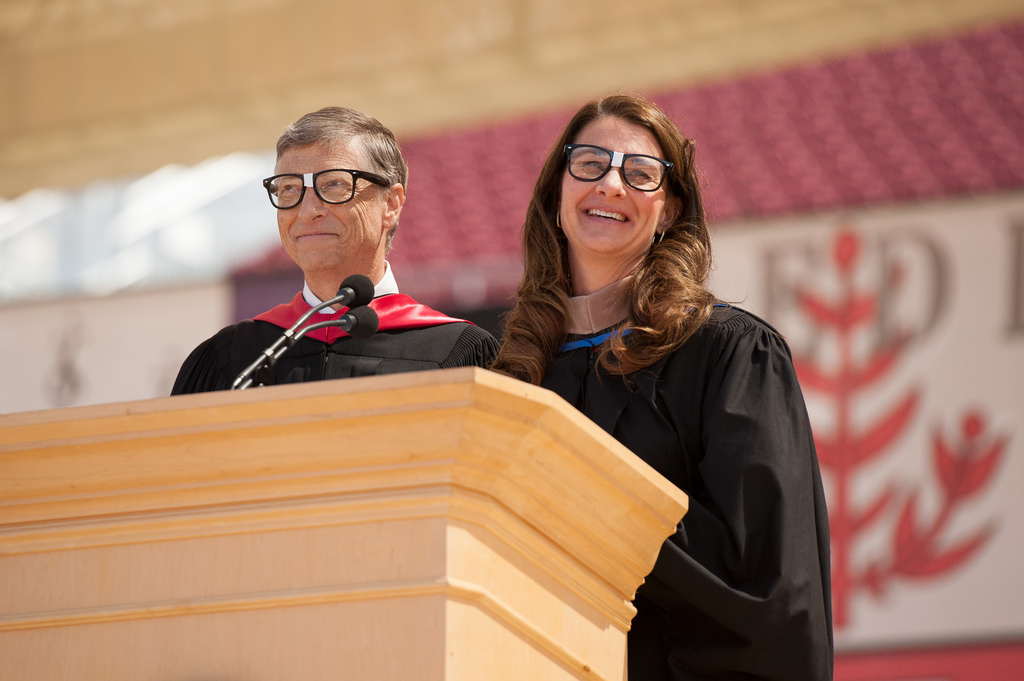
Commencement 2014
At Stanford's 123rd Commencement, Bill and Melinda Gates, co-chairs of the Bill & Melinda Gates Foundation, urged graduates to change the world through optimism and empathy.

Stanford marine scientist's quest to save coral
More than half the world's coral reefs have died since the dawn of the industrial age, due to human activities and ever increasing ocean temperatures. Steve Palumbi has a plan for bringing them back to life.

Beyond the Farm, Stanford spirit crops up in many places
Through an annual day of volunteering, students, staff and alumni extend Stanford's spirit of service to communities around the world.
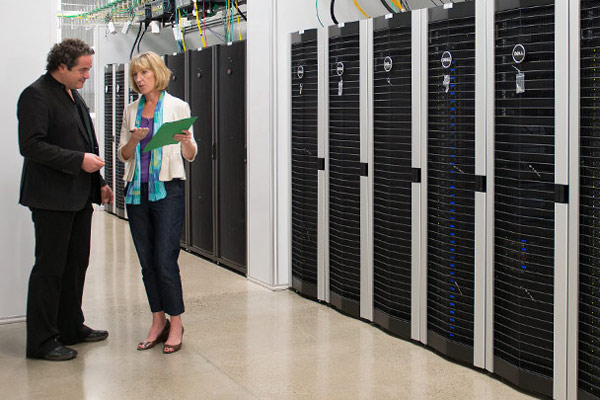
Solving big questions requires big computation
Understanding the origins of our solar system, the future of our planet or humanity requires complex calculations run on high-power computers.
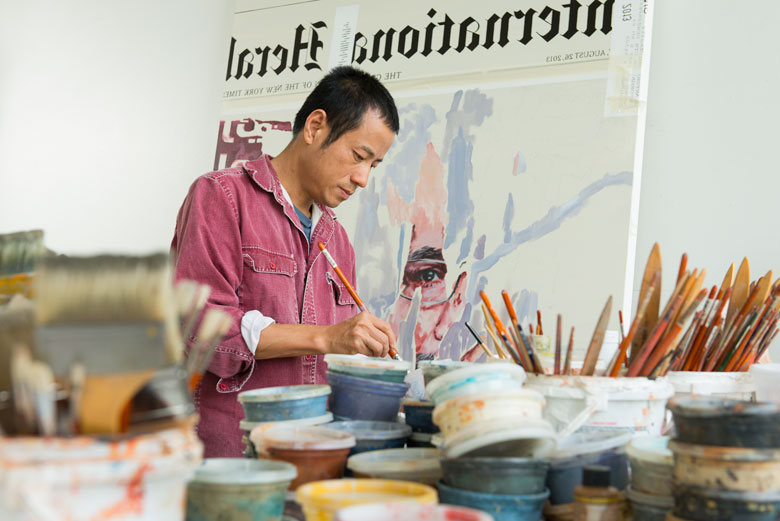
Made at Stanford: A celebration of campus art and artists
Faculty and students celebrate the creativity at the heart of a 21st-century education.

The green home of tomorrow
An enterprising team of Stanford students has designed a low-cost, solar-powered home that could lead the home-building industry to a more sustainable future and guide homeowners toward greener behavior.

Behind the scenes of an international climate report, with Stanford scientists
Stanford's Chris Field has spent five years leading a team of international scientists as they prepared a major United Nations report on the world's climate. The hours were long, the company was good and the science is crucial.

Stanford group explores tension between conservation, development in Galapagos Islands
The group witnessed how the Galapagos have been impacted by humans and analyzed efforts to preserve and restore endangered flora and fauna.

2013 Nobel Prizes: Thomas Südhof and Michael Levitt
The early morning hours brought two rounds of exciting news from Stockholm this week. Thomas Südhof won the Nobel Prize in Physiology or Medicine, and Michael Levitt was awarded the Nobel Prize in Chemistry.

New Student Orientation 2013
During New Student Orientation, incoming freshmen and transfer students dive into the academic, social and cultural life at Stanford. Join us in greeting the newest members of the Stanford community as they begin their exciting journey on the Farm.
